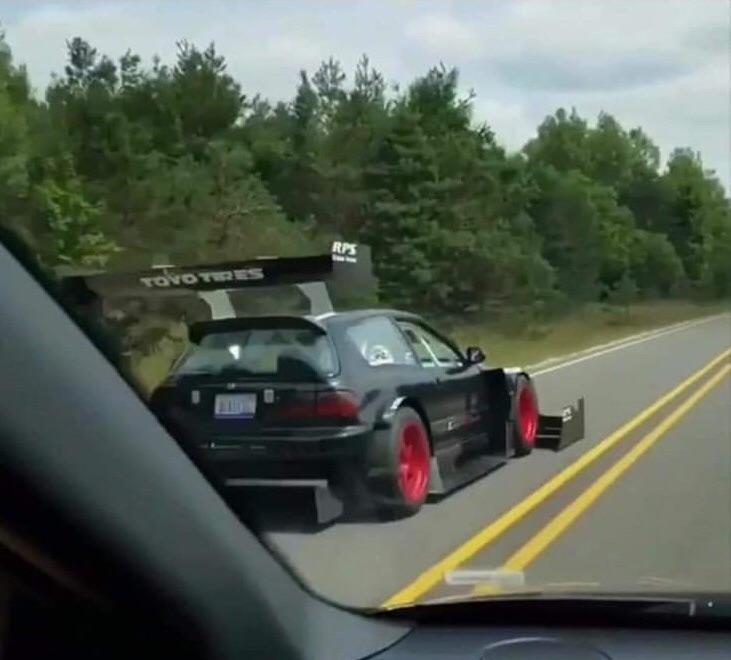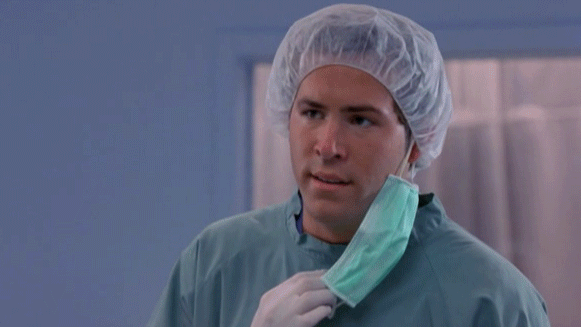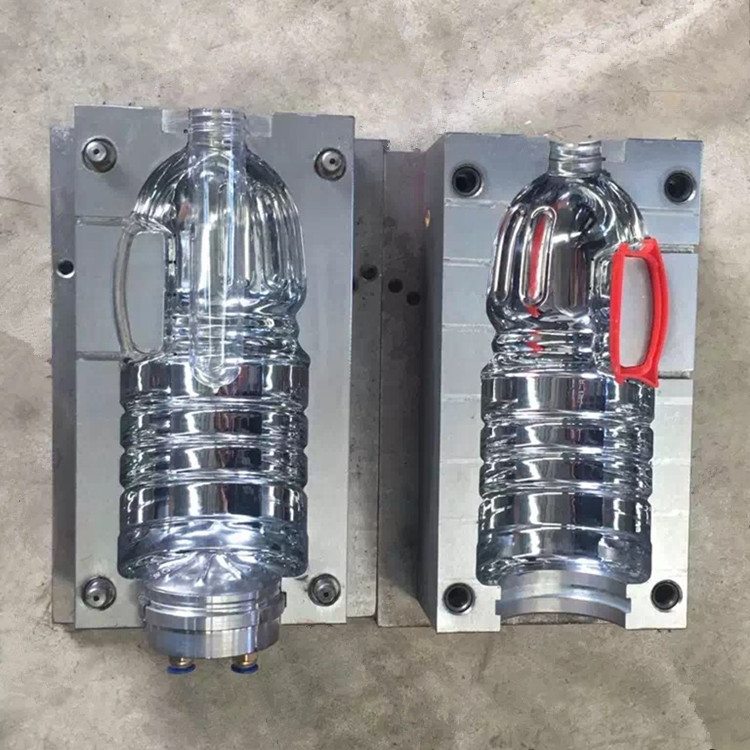According to the Crucible datasheets the toughness of 3V starts to fall off around 62 Rc. For 62+ Rc CPM CruWear might be a better choice. Pushing a “tough” steel to higher hardness levels doesn’t always work out well If it’s not optimized for higher hardness.
of course you are right, the steels are made/optimized for a certain hardness range. and outside the design range there might be better options.
but if we look at most of the common japanese steels, SS or carbon they are pretty much all in the 10ft-lb range or less in your tests. so even at this "low" toughness usually its enough for most people. but if one could double that toughness and still have good hardness, well, i think this is a good way to go to increase "overall performance". because chipping is very common with high hardness kitchen knives. no matter what steel. if they are thin enough they probably will chip out sooner or later in my experience.
------------
btw a bit OT, i think i'm done with 1095 for my moras at work.
in sweden mora knives are multitools, its the most essential tool for any worker.
i usually do everything you are not supposed to do with a knife. hundreds of times a day. and have been for the last 20 years.
i scrape rust/paint/dirt/concrete/grease, deburr parts, chisel burrs away from hardened parts, general chiseling on steel, bend/pry stuff apart, puncture thinner materials (with a hammer), chop heavy duty shipping straps, clean surfaces, etc etc. but i also do maybe 5% actual cutting with it, opening boxes and such. and it still needs to be able to cut cardboard, tape and plastic bags at the end of the day.
i used to like the mora robust (because it has a bit shorter and a bit thicker blade than usual) but it would simply dull within a day or 2. and it usually chipped out. especially when chiseling stuff.
but now i have basically switched over to the orange/black companion stainless (12c27), and it chips out way less and i only have to sharpen it once a week. and it still opens the boxes. win-win.
------------
its usually thought that stainless is brittle and carbon is tough, but i find it to be the exact opposite most of the time.








